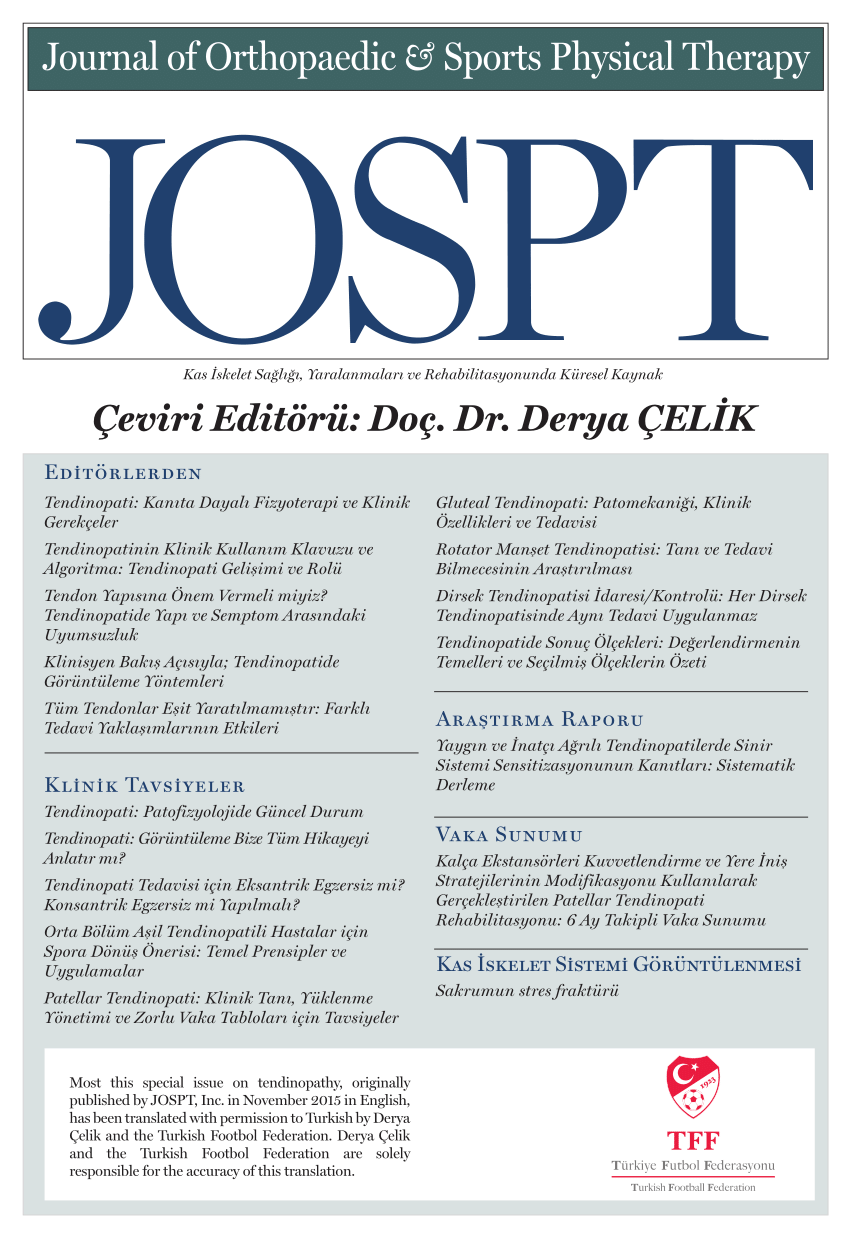
McKenzie method vs. motor control exercises for chronic LBP with a directional preference

McKenzie method vs. motor control exercises for chronic LBP with a directional preference
A Randomized Controlled Trial Comparing the McKenzie Method to Motor Control Exercises in People With Chronic Low Back Pain and a Directional Preference
J Orthop Sports Phys Ther. 2016 Jul;46(7):514-22Did you know you're eligible to earn 0.5 CME credits for reading this report? Click Here
Synopsis
70 patients with low back pain and a directional preference observed during a mechanical assessment were randomized to treatment using the McKenzie method or motor control exercises. The purpose of this study was to compare the effects that these two treatments had on the recruitment of the transversus abdominis, obliquus internus, and obliquus externus muscles, as well as their effects on pain in...
To view the full content, login to your account,
or start your 30-day FREE Trial today.
FREE TRIAL
LOGIN
Forgot Password?
Explore some of our unlocked ACE Reports below!

Learn about our AI Driven
High Impact Search Feature
Our AI driven High Impact metric calculates the impact an article will have by considering both the publishing journal and the content of the article itself. Built using the latest advances in natural language processing, OE High Impact predicts an article’s future number of citations better than impact factor alone.
Continue



 LOGIN
LOGIN

Join the Conversation
Please Login or Join to leave comments.